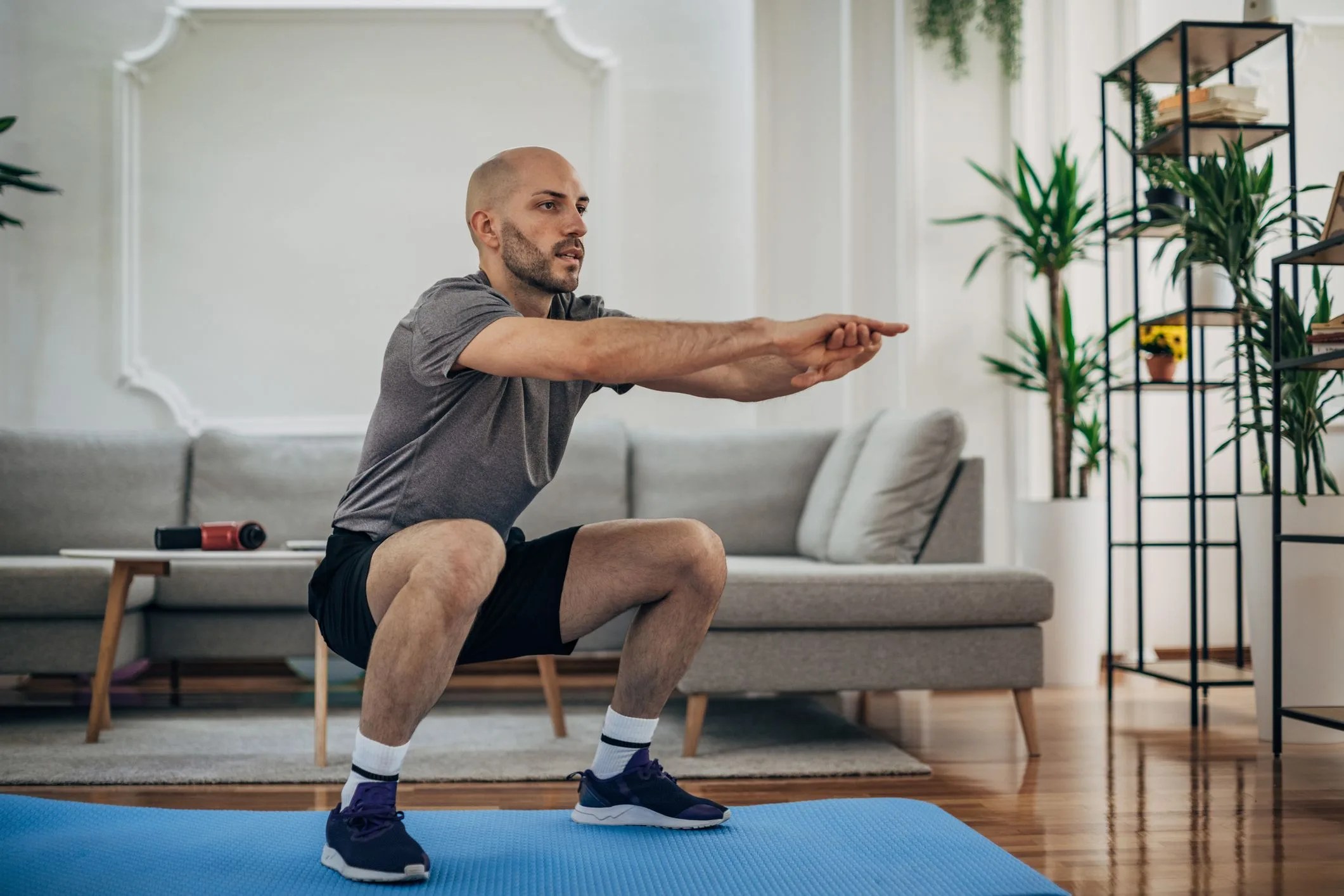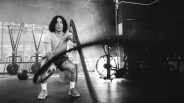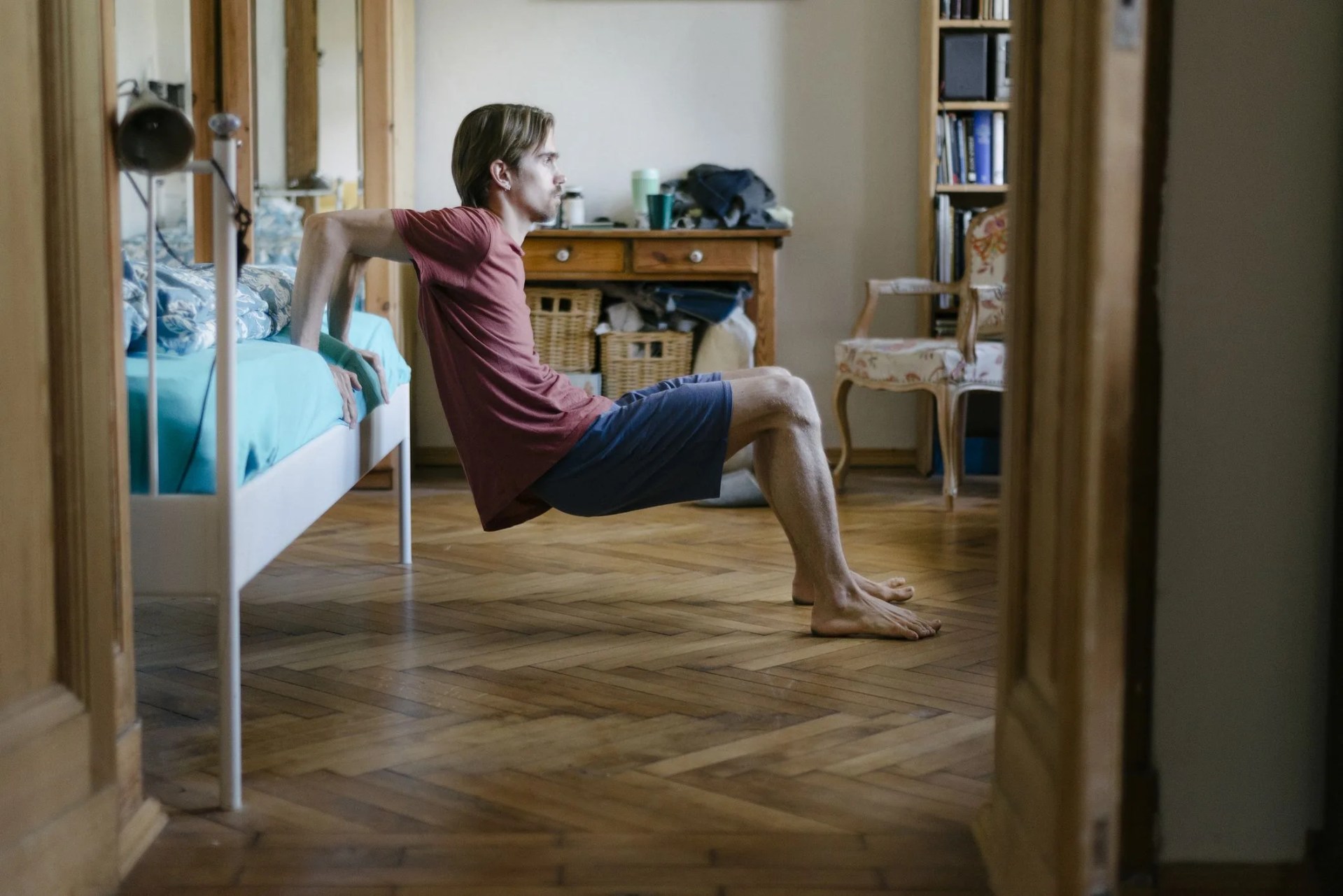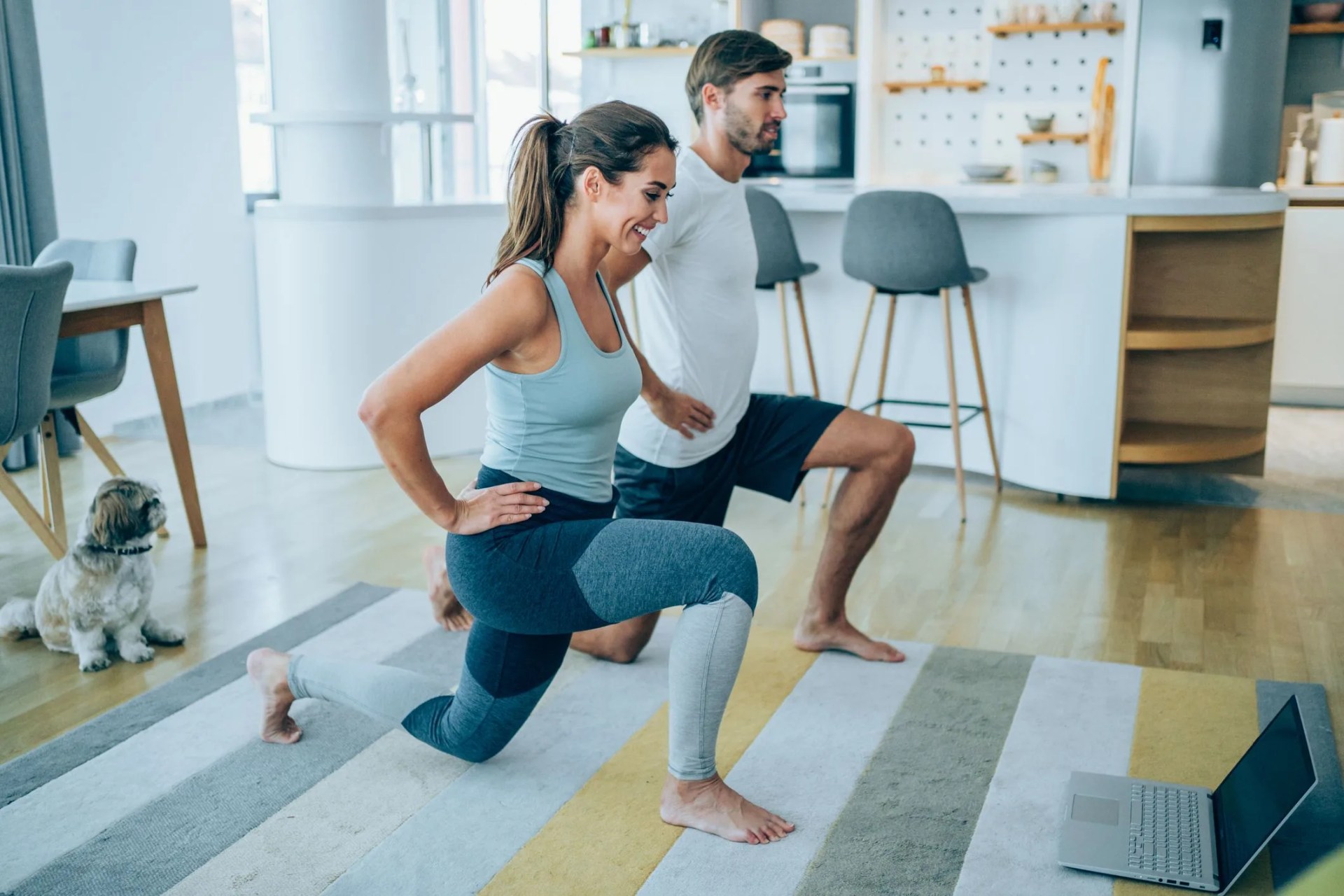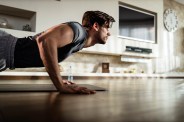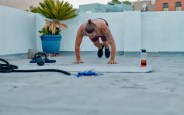While there’s plenty of reason to build your workout around gym machines, weight plates, barbells and other fitness apparatuses out there, hopping right into using these devices can be a little intimidating. Some might require unique and difficult movements for proper effectiveness. Some might be too expensive to warrant a purchase. Some might be flat-out miserable to use (looking at you, treadmills).
But despite the existence of all this fitness equipment, there are other ways to train.
Bodyweight training can be a great way to work up a sweat without all the bells and whistles. These simple exercises require virtually no equipment and can be done anywhere at any time. We spoke with Aaron Swenson, a founding coach at FightCamp and NASM-certified trainer, to outline some of the best bodyweight exercises for a proper, effective regimen, but first, it can be worthwhile to understand some of the perks that come with this training discipline.
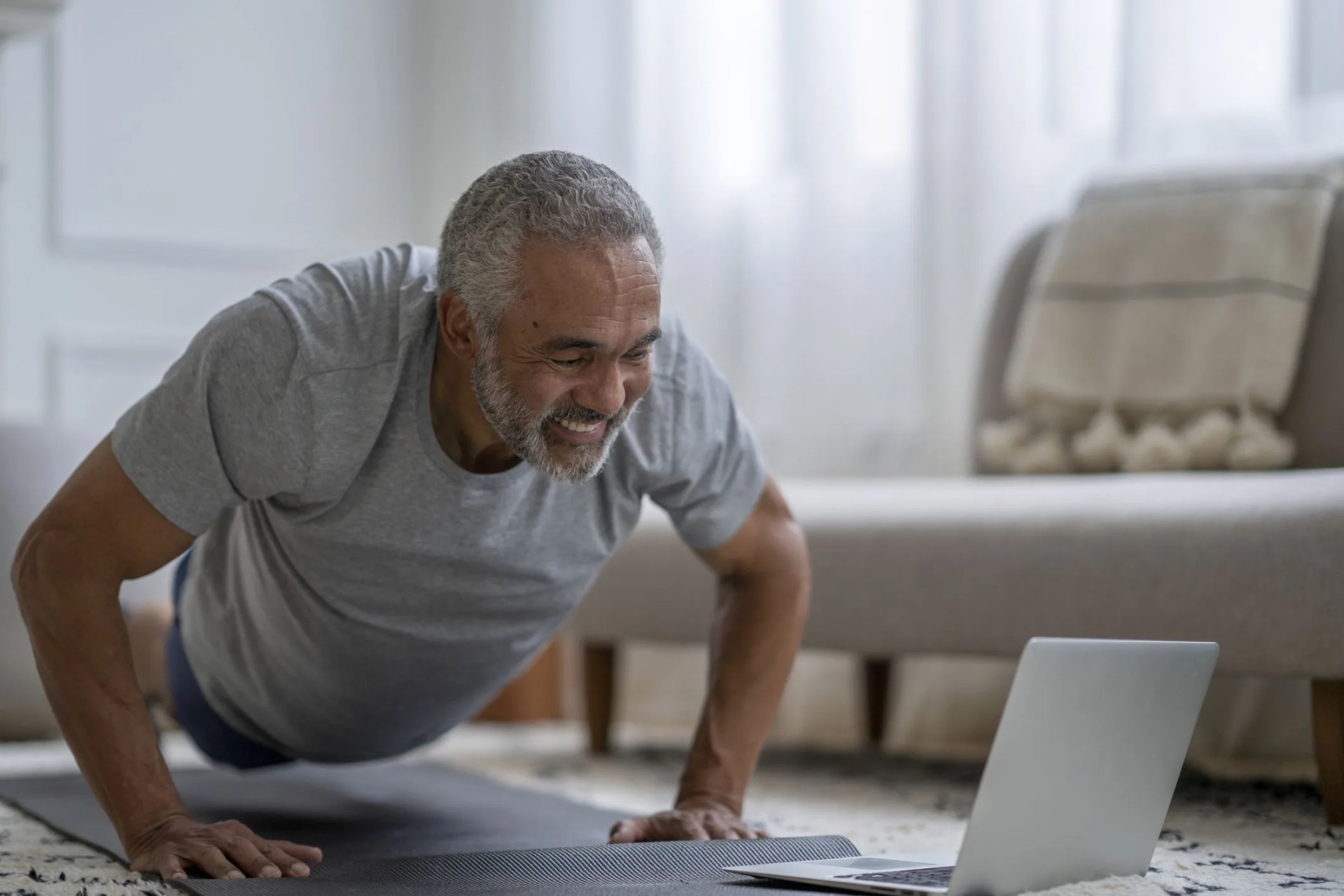 FatCamera
FatCameraThe Benefits of Bodyweight Training
You already have everything you need.
The big selling point of bodyweight training is right there in the name: Your body serves as the resistance in training, so there’s no extra purchases required to get started — outside of maybe a new pair of gym shoes or snappy new workout wardrobe. You don’t need to drain your bank account buying a ton of resistance bands or bulky home gym equipment. With bodyweight training, your gym is always accessible.
There are additions and accessories that can make your workouts more effective or comfortable if you’d prefer to add some gear to your get-up. Yoga mats can be great for creating a plush surface to rest your joints, back and feet across varying movements, and Swenson highly recommends including a pull-up bar if you have the means, as well. “I think pull-ups and back rows are super important because a lot of times when we’re doing bodyweight movements, it’s really hard to get the posterior chain,” he states. “The lats and the back are so underutilized, especially with strikers, because everything’s so anterior that you end up just kind of hunching forward.”
But for the most part, you are the workout equipment.
